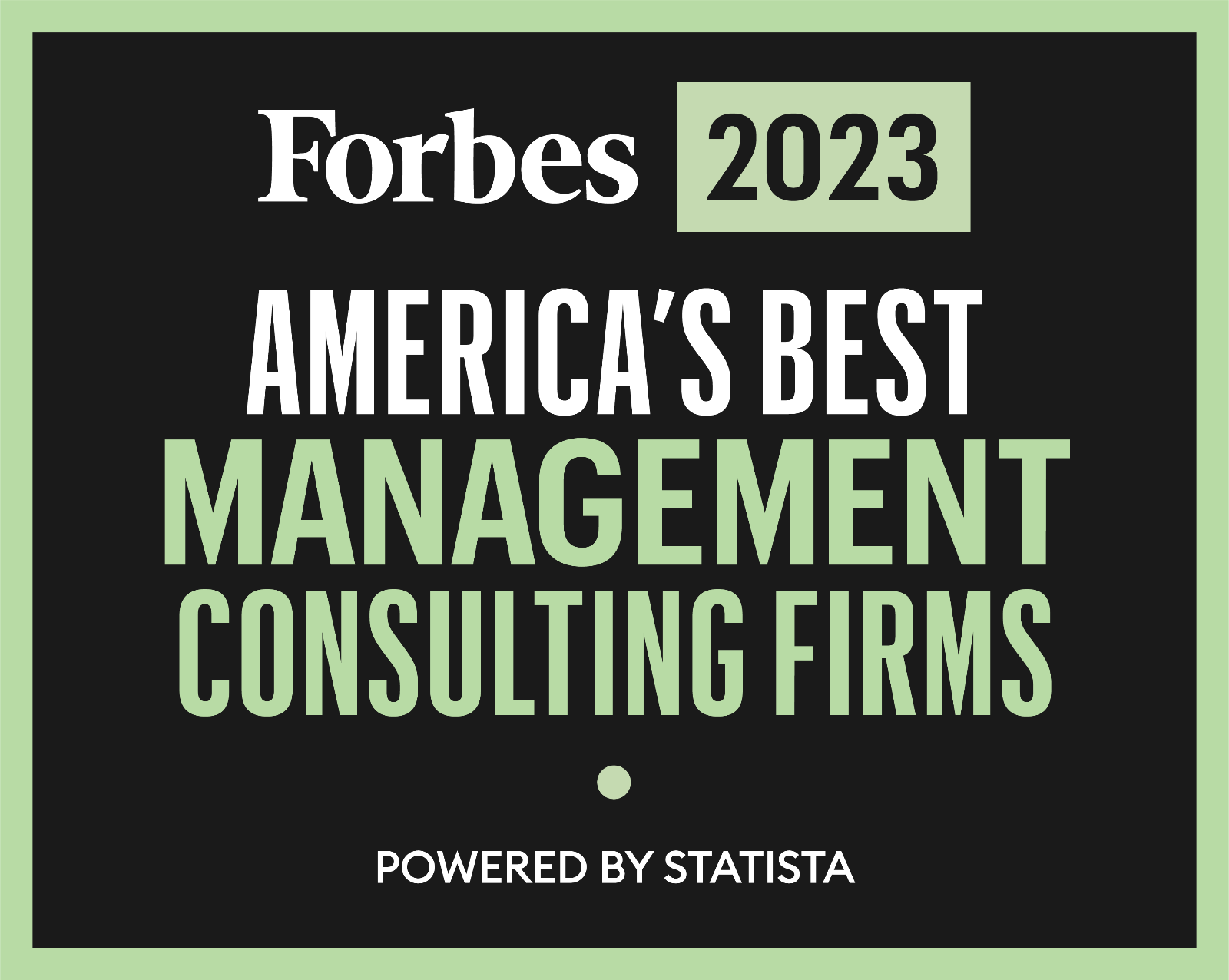Last year dealt Private Equity a complicated hand. Not only did the oft-cited factors of rising interest rates, high inflation, and global uncertainty impede PE dealmaking, it left many investors grappling with extended hold periods and the concomitant leadership challenges such unexpected and often unwanted continuation brings. We talked with 25+ top private equity professionals to seek their perspective on the challenges of 2023 and to learn what is “top of mind” for the back half of 2024. We heard the following themes:
Theme 1: Shifting investment theses and longer hold periods have implications for the BOD/Advisors/Operating Partners, CEOs, and management teams.
- Board/Advisors/Operating Partners: Investors seek intentionality around the roles of these stakeholders and codifying what is expected of them: “Are they doing what they were selected to do? Do they understand their charters? Are they effective and active in their follow-through?” Greater clarity on these accountabilities – and how they change over the course of the investment lifecycle – is essential for all parties to be aligned and deliver.
- CEOs: Changing market conditions and extended holds can call for a leadership re-evaluation: the CEO anticipating an exit may not be along for an extended ride, or the “grow, grow, grow” commercial CEO of prior years may be a mismatch for a more operational remit demanded in a turnaround. Additionally, a refocus on key value creation levers may mandate a new profile of executive than the investment thesis originally called for. These realities make for difficult conversations that are too often deprioritized amongst deal teams/boards, reinforcing an oft irrational tendency to stick with “the devil you know” at the expense of the desired objectives.
- Management Teams: Likewise, the accountabilities the management team needs to deliver shift as the investment thesis evolves with time or market conditions change. Investors need a way to identify mid-flight if this is still the right team to land the plane.
Theme 2: Investors creatively use all means necessary to simplify human capital processes, demonstrate their impact, promote buy-in, and drive adoption across their firms and portfolios to make quicker and more informed moves on talent.
- The common problem to solve: lack of alignment on how to assess and talk about talent. A minimum threshold of what must be asked and vetted to calibrate on the capability, capacity, and ceiling of the management team will help all stakeholders have a common vernacular when discussing talent, create a more objective set of criteria to evaluate portco leaders, and – at the very least – build accountability for asking the right questions about portco management teams. The overarching objective is to make human capital a requisite part of the conversation and for talent KPIs to be considered in the ongoing measurement and monitoring of a deal.
- To do so, robust scorecarding processes, defined role competencies, and portfolio-wide executive success profiles are a few sample tactics investors use to ground themselves as a starting point.
- Together, and when there is uptake, these approaches buttress conversations that enable more incisive talent moves and accelerate growth. Investors shared common pitfalls such as “giving talent the benefit of the doubt,” “making changes too late,” or “giving someone who was bound to fail a chance” that arise without having the common language and standard best practices to move on talent as they should.
Theme 3: Market challenges call for more routine measurement of CEO and ELT performance and health, as well as quick-hit temperature check options to deploy.
- Investors value a variety of levers to pull for swiftly gathering insights and sniffing out “smoke” sooner during competitive candidate situations, diligence, and hold periods. Executive Diligence, Organizational Diligence/Development, and talent partner-led annual talent reviews help keep a finger on the pulse.
- A talent monitoring process/approach that ensures executives are fit for thesis both individually and collectively – ideally capable of being standardized across different portfolio companies – would accelerate upside and mitigate risk.
- Assessing direct ties between executive performance and the value creation pillars remains a critical pain point to solve: How can PE firms best identify the “job to be done” and measure against these priorities?
- Building a repeatable way to drive accountability for referencing and operationalizing the insights gleaned from human capital due diligence and other leadership assessments remains a work in progress.
Cautious optimism for an uptick in deal flow/activity during the year ahead (a sentiment we echo) has PE leaders thinking differently about how to leverage human capital diligence and development to drive execution of the investment thesis. In the meantime, extra efforts are being made to re-evaluate and upgrade sitting management teams to navigate extended hold periods and tackle current challenges – a valuable exercise to both manage through the “now” as well as prepare for the future.




